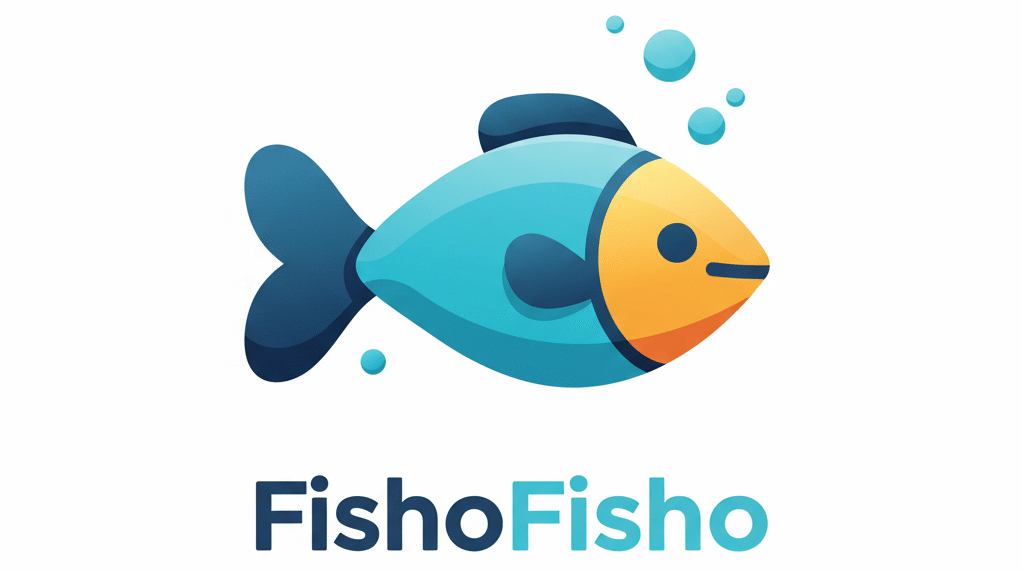Koi fish are a symbol of beauty and grace, admired by fish enthusiasts worldwide.
But if you’re considering keeping koi in a 30-gallon tank, you might wonder: how many koi can thrive in such a space?
Let’s explore the details to help you create a healthy and balanced koi aquarium.
Why Tank Size Matters for Koi Fish
Koi fish are not your average aquarium pets. They are robust, fast-growing, and need ample room to swim.
A 30-gallon tank might seem like a good starting point, but there are key considerations to bear in mind.
Koi Growth and Space Requirements
-
Rapid Growth: Koi can grow up to 12–24 inches in length within a few years.
-
Active Swimmers: They need open space for movement.
-
Waste Production: Koi produce significant waste, requiring adequate water volume for dilution.
Can You Keep Koi Fish in a 30-Gallon Tank?
While koi fish can survive in a 30-gallon tank temporarily, it is not ideal for their long-term health. Here’s why:
1. Overcrowding Issues
-
Limited space can lead to stress and stunted growth.
-
Poor water quality increases disease risks.
2. Ideal Space Per Koi
A single koi fish typically requires at least 250 gallons of water.
For juveniles under 4 inches, a 30-gallon tank might work temporarily, but you must plan for an upgrade.
3. Temporary Housing Only
If you’re using a 30-gallon tank, limit it to one juvenile koi for short-term care.
Key Considerations for a 30-Gallon Koi Tank
1. Filtration System
Koi are notorious for producing waste. Use a high-capacity filter to maintain water quality.
2. Water Changes
Frequent water changes are essential to prevent ammonia buildup. Aim for 25–30% weekly water replacement.
3. Aeration and Oxygen Levels
Koi thrive in well-oxygenated water. Add an air pump or aeration stones.
4. Temperature and pH Balance
-
Temperature Range: 65–75°F
-
pH Level: 7.0–8.5
Alternatives to Keeping Koi in a 30-Gallon Tank
If you’re committed to koi but lack space, consider these options:
1. Upgrade to a Pond
Koi ponds are the gold standard for housing koi. They provide ample room and mimic a natural habitat.
2. Larger Indoor Tank
Move to at least a 250-gallon aquarium for long-term care.
3. Start with Smaller Fish
Consider smaller species like goldfish or guppies better suited for a 30-gallon tank.
You may also learn about How Many Koi in a 40 Gallon Tank?
Tank Setup for Juvenile Koi
1. Substrate and Decorations
-
Use smooth gravel or no substrate to prevent injuries.
-
Add driftwood or hiding spots for comfort.
2. Live Plants
Choose hardy plants like anacharis or java fern, but be aware koi may nibble on them.
3. Lighting
Moderate lighting enhances koi coloration without stressing them.
Feeding Koi in a Small Tank
-
Feed high-quality koi pellets.
-
Avoid overfeeding to reduce waste.
-
Supplement with fresh vegetables like lettuce or peas.
Common Mistakes to Avoid
1. Overcrowding
Adding more than one koi to a 30-gallon tank is a recipe for disaster.
2. Ignoring Filtration
Without proper filtration, waste buildup can harm your fish.
3. Keeping Koi Without a Long-Term Plan
Koi require significant space as they grow. Always plan for their future needs.
Conclusion
While a 30-gallon tank can serve as a temporary home for a juvenile koi, it is not a sustainable solution for their long-term health.
Koi fish need plenty of space to grow, thrive, and showcase their vibrant beauty.
Consider a pond or a much larger tank for a more permanent setup.
Providing the right environment will reward you with healthy, happy koi and an aquarium that brings endless joy.
FAQs
1. How long can a koi live in a 30-gallon tank?
Juvenile koi can survive for a few months, but long-term housing in such a small tank is not recommended.
2. Can koi fish live with other species in a 30-gallon tank?
No, the limited space is insufficient for koi and other fish.
3. What is the minimum tank size for a single koi fish?
A minimum of 250 gallons is required for one adult koi.
4. Can I grow koi in a 30-gallon tank indoors?
Only juvenile koi can be kept indoors temporarily in such a tank, but they will quickly outgrow it.
5. What is the best alternative to a 30-gallon tank for koi?
A backyard pond or a 250-gallon aquarium is ideal for their long-term care.

